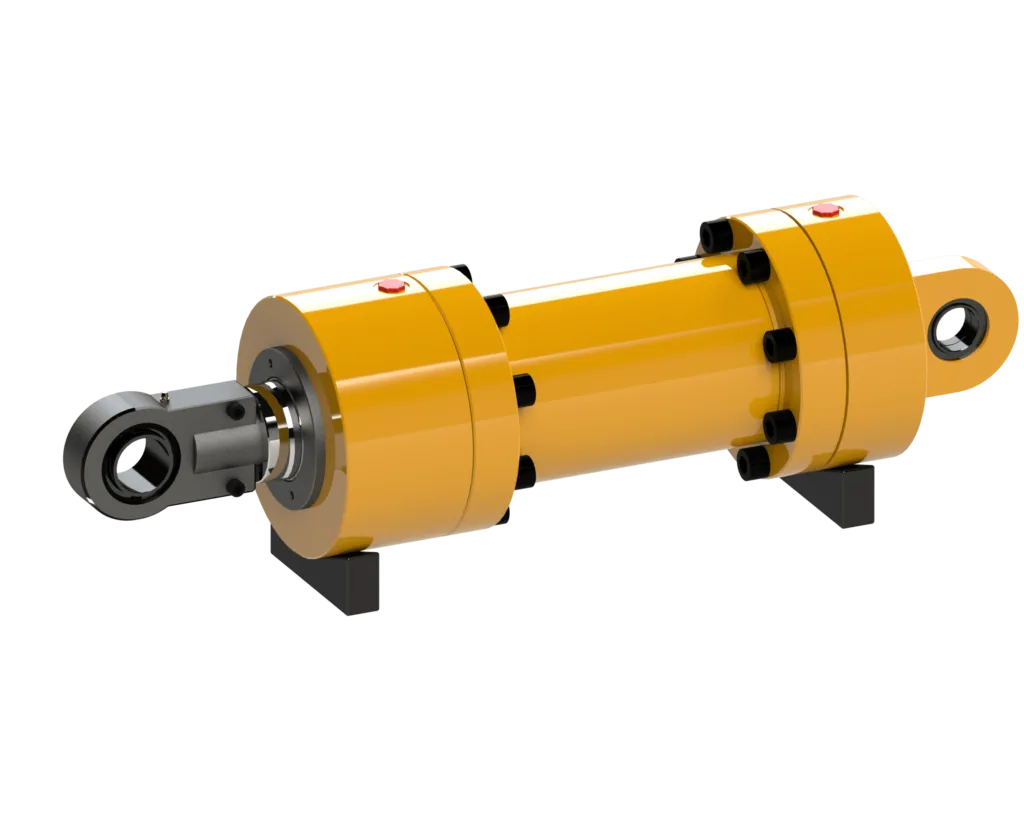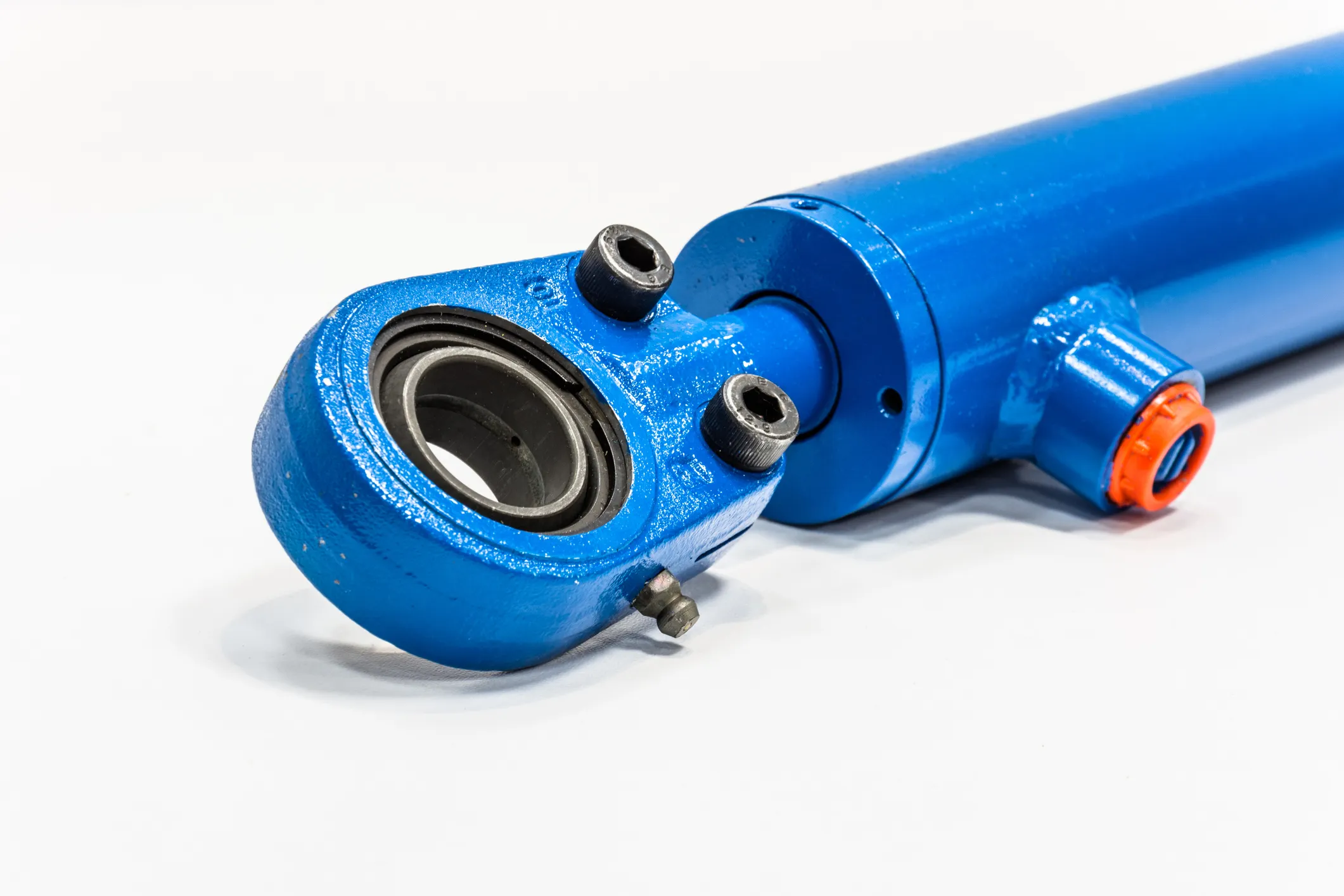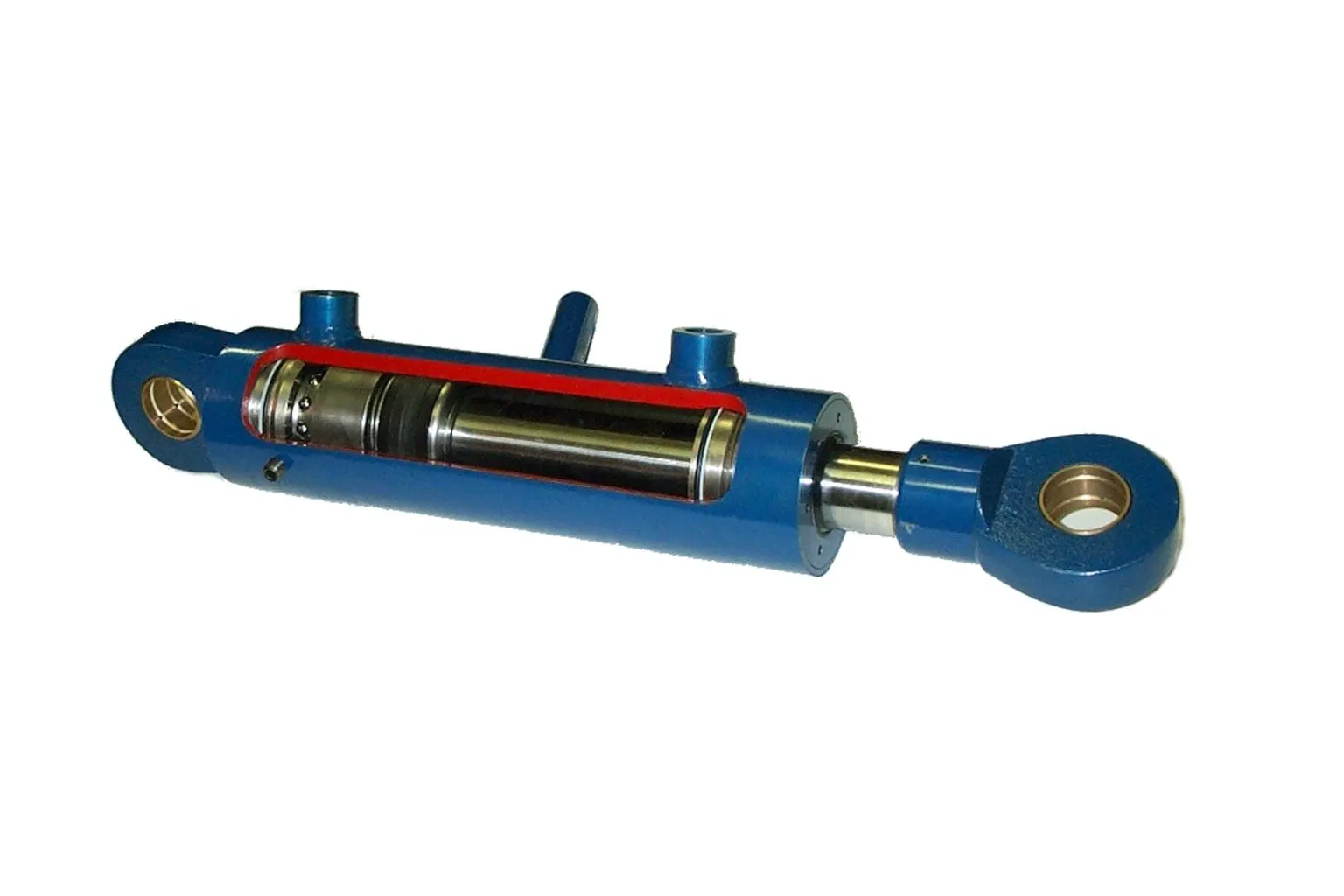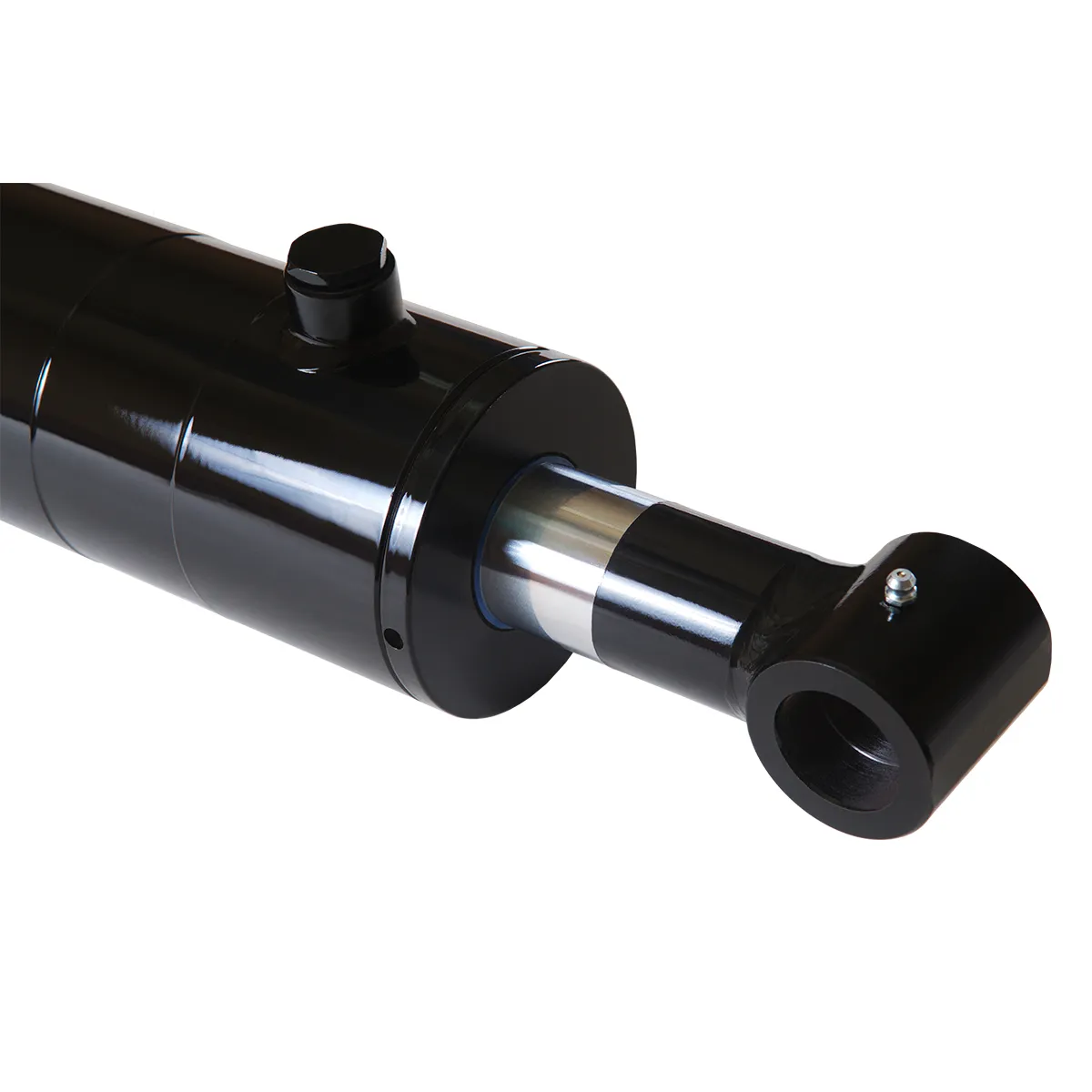Understanding Single-Stage Welded Hydraulic Cylinders
Single-stage welded hydraulic cylinders are essential components in hydraulic systems, providing precise control and movement. These cylinders consist of a welded steel or aluminum cylinder structure, piston, and rod design considerations, and various installation options like trunnons, wedges, and flanges. The seals and bearing configurations play a crucial role in ensuring optimal performance.
Design and Construction Characteristics
- Welded steel or aluminum cylinder structure
- Piston and rod design considerations
- Installation options such as trunnons, wedges, flanges
- Optimal seals and bearing configurations
The working principle of single-stage welded hydraulic cylinders involves the conversion of hydraulic energy into mechanical force. These cylinders operate efficiently, providing smooth and precise movement in various applications.
Working Principle
Single-stage welded hydraulic cylinders function by utilizing hydraulic pressure to extend or retract the piston within the cylinder, generating the desired force and motion.
Types and Configurations
There are different types of single-stage welded hydraulic cylinders available, each designed for specific applications such as mobile equipment, industrial machinery, hydraulic presses, marine, and offshore applications.

Advantages of Single-Stage Welded Hydraulic Cylinders
- Strong welded structure with high load capacity
- Compact and space-saving design
- Cost-effective manufacturing process
- Easy installation and maintenance

Performance Characteristics
- Force and stroke capability
- Speed and positioning accuracy
- Durability and life cycle expectations
- Advantages over other cylinder types


Industries Using Single-Stage Welded Hydraulic Cylinders
- Mobile equipment (construction, agriculture, material handling)
- Industrial machinery and automation
- Hydraulic presses and molding equipment
- Marine and offshore applications
Design Considerations and Selection Criteria
Size adjustment, material selection, installation method, and compatibility with hydraulic system components are crucial factors to consider when choosing single-stage welded hydraulic cylinders.
Sealing and Lubrication
The use of high-quality seals and proper lubrication is essential for the optimal performance and longevity of single-stage welded hydraulic cylinders.
Maintenance and Troubleshooting
Regular inspection, lubrication, seal replacement, and calibration are key maintenance tasks to ensure the efficiency and reliability of hydraulic cylinders.
Safety Considerations
Safety measures must be followed when using single-stage welded hydraulic cylinders to prevent accidents and ensure proper operation.
Fault Diagnosis and Common Problems
Identifying and addressing common issues like leaks, seal damage, and misalignment is essential for maintaining the accuracy of single-stage welded hydraulic cylinders.
Common Questions About Single-Stage Welded Hydraulic Cylinders
1. The defining characteristic of a single-stage welded hydraulic cylinder is its strong welded structure and high load capacity.
2. Cylinder bodies are typically constructed using welded steel or aluminum in single-stage welded designs.
3. Common mounting options for single-stage welded hydraulic cylinders include trunnons, wedges, and flanges.
Long Tail Keywords
1. Precision in Hydraulic Cylinder Design
2. Efficiency of Welded Hydraulic Cylinders
3. Performance Optimization in Single-Stage Cylinders
Company Introduction
We are a leading hydraulic cylinder manufacturer specializing in single-stage welded hydraulic cylinders. Our products are designed for accuracy and performance, meeting the diverse needs of our domestic and international customers. With a complete product line and a focus on quality and innovation, we strive to deliver excellence in every cylinder we produce.
Author: lyl
